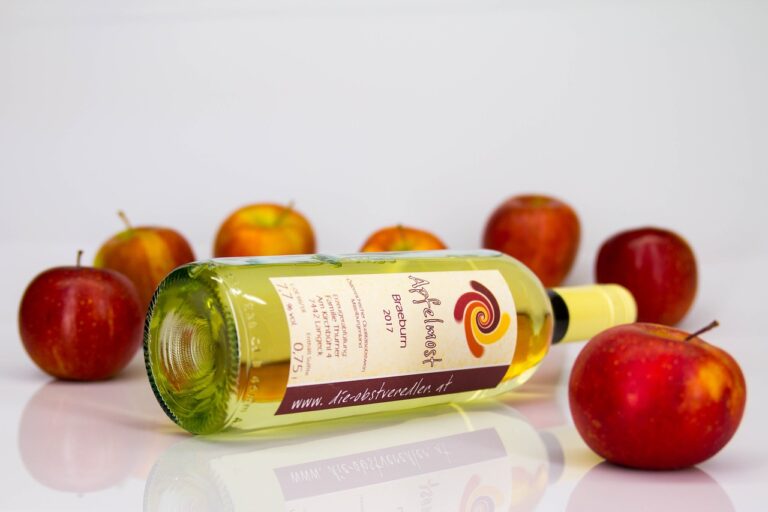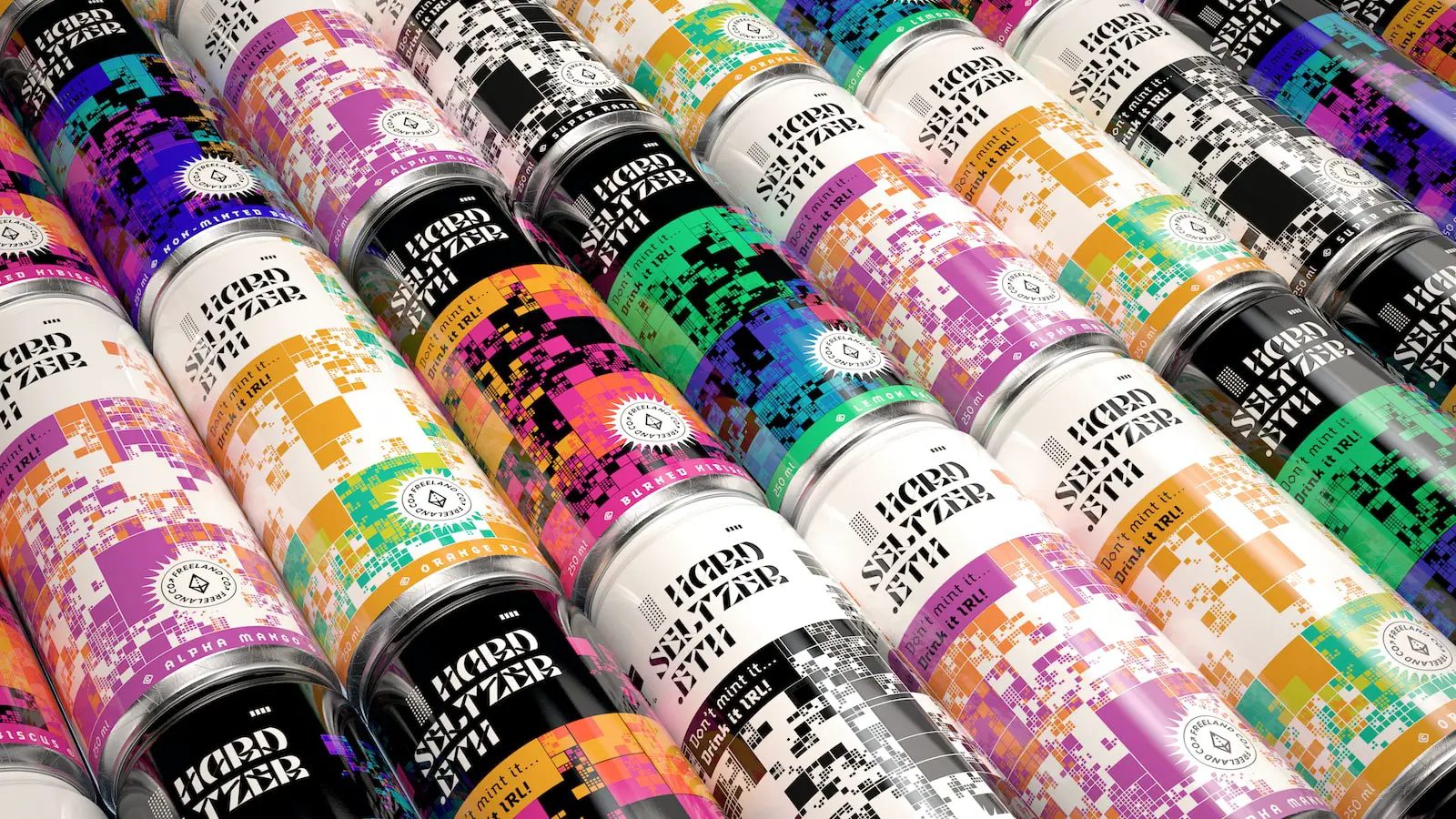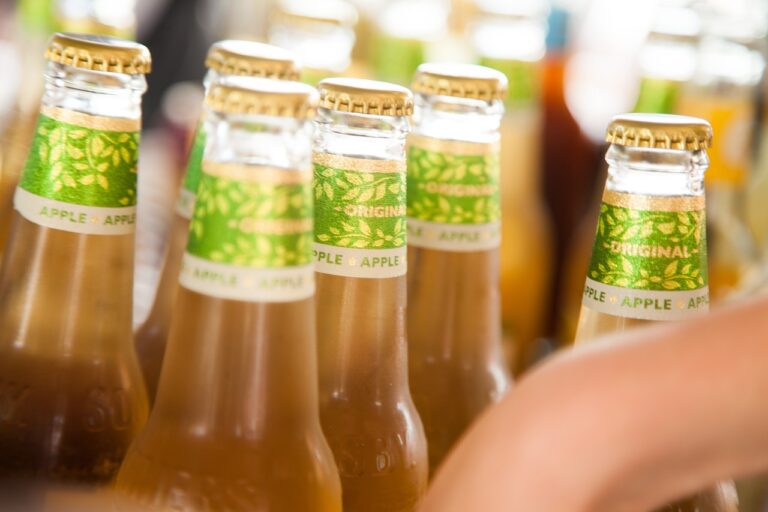Cider-making is an ancient art that has been enjoyed for centuries. From the careful selection of apples to the final fermentation process, each step requires patience, skill, and attention to detail.
However, despite your best efforts, your cider may sometimes stop fermenting, leaving you with a sweet, unfinished batch.
This can be a frustrating experience for any cider maker, but fear not – there are various reasons why fermentation may halt and steps you can take to troubleshoot and prevent it.
Why Does Cider stop Fermenting? Common Reasons
Here are some reasons why my cider has stopped fermenting:
1- Insufficient Yeast Population
The yeast is an essential component of the cider fermentation process. If there is insufficient yeast, the cider may not fully ferment, resulting in a sugary, imbalanced beverage.
The yeast population may be insufficient for a variety of reasons, including insufficient yeast addition, poor quality yeast, or exposure to high temperatures.
2- Contaminated or Inhibited Yeast
In some situations, the yeast may get contaminated or inhibited, resulting in poor or no fermentation.
Contaminated yeast can form when yeast is exposed to bacteria or additional microbes, leading to off-flavors and sluggish fermentation.
Inhibited yeast can occur when preservatives or substances that limit yeast activity are present.
3- Insufficient Nutrient Levels
Yeast requires nutrients such as nitrogen, phosphorus, and potassium to thrive and ferment efficiently.
If the cider lacks these nutrients, the yeast may struggle to ferment fully, leading to a sweet cider.
Nutrient deficiencies can also lead to off-flavors and unpleasant aromas in the finished product.
4- High Sugar Levels
When making cider, it’s essential to monitor the sugar levels to ensure that the yeast has enough food to ferment.
However, if the sugar levels are too high, the yeast may become overwhelmed and unable to ferment fully, leading to a sweet cider.
High sugar levels can also cause the yeast to produce off-flavors and aromas, leading to an unbalanced product.
5- Low Temperature
Temperature plays a crucial role in cider fermentation. If the temperature is too low, the yeast may become sluggish or go dormant, leading to incomplete fermentation.
It’s important to maintain the correct temperature range to ensure that the yeast ferments efficiently and produces a balanced, flavorful cider.
6- Incomplete Initial Fermentation
The initial fermentation stage is critical in cider making, as this is where the yeast converts the sugars into alcohol.
If the initial fermentation is incomplete, the yeast may not be able to ferment fully in subsequent stages, leading to a sweet cider.
This can occur if the cider was not properly mixed or oxygenated during the initial fermentation stage.
7- Excessive Carbon Dioxide Buildup
During fermentation, yeast produces carbon dioxide as a byproduct. If the carbon dioxide is not allowed to escape, it can build up and inhibit the yeast’s ability to ferment fully.
This can occur if the cider is not properly vented or if the fermentation vessel is not equipped with a proper airlock.
8- Stuck Fermentation
A stuck fermentation occurs when the yeast stops fermenting before all the sugar has been converted into alcohol.
This can happen due to various reasons, including insufficient yeast population, high sugar levels, low temperature, or nutrient deficiencies.
Stuck fermentation can lead to a sweet cider with off-flavors and aromas.
How to Troubleshoot Stopped Fermentation?
When you’re making cider, a stopped fermentation can be frustrating and worrying. Fortunately, there are a number of things you can do to troubleshoot and get your fermentation going again.
Here are some common causes of stopped fermentation and the steps you can take to fix them:
Insufficient Nutrients:
Yeast requires a range of nutrients, such as nitrogen, vitamins, and minerals, to grow and ferment properly.
If your cider is lacking in these nutrients, the yeast may stop fermenting.
You can add yeast nutrients or yeast energizers to your cider to provide the necessary nutrients and encourage fermentation. source
Temperature:
Yeast requires a consistent temperature to ferment properly. If the temperature drops below 50°F or goes above 75°F, fermentation may slow down or stop altogether.
To fix this issue, move your cider to a warmer or cooler location to get it back into the ideal temperature range.
Oxygen Exposure:
Yeast needs oxygen during the initial stages of fermentation to grow and multiply.
However, too much oxygen exposure during the later stages of fermentation can cause the yeast to become stressed and stop fermenting.
To fix this issue, minimize exposure to oxygen by limiting stirring and racking.
pH Levels:
Yeast is sensitive to the acidity level of your cider. If the pH is too low, the yeast may struggle to ferment properly.
You can test the pH of your cider using a pH meter or pH strips, and adjust the acidity level by adding calcium carbonate or potassium bicarbonate.
Dead Yeast:
If your yeast is old or dead, it won’t be able to ferment your cider.
You can test the viability of your yeast by activating it in a small batch of apple juice and seeing if it starts to ferment.
If it doesn’t, you may need to replace the yeast with a fresh batch.
By identifying the cause of your stopped fermentation and taking the appropriate steps to fix it, you can get your cider back on track and achieve a delicious, fully fermented batch.
How to Prevent Stopped Fermentation?
Prevention is always better than cure when it comes to cider fermentation. To prevent stopped fermentation, it’s important to ensure that the yeast population is sufficient and healthy.
Use quality yeast, and make sure to add enough to the cider. Avoid exposing the yeast to bacteria or other contaminants by using proper sanitation practices.
Monitor the sugar levels to ensure that the yeast has enough food to ferment but not too much that it becomes overwhelming.
Maintain the correct temperature range to ensure that the yeast ferments efficiently. Provide the yeast with enough nutrients to thrive and ferment fully.
Ensure that the fermentation vessel is properly vented to allow carbon dioxide to escape. Make sure to mix and oxygenate the cider during the initial fermentation stage to encourage the yeast to ferment fully.
Final Words
Finally, a stopped fermentation can be disappointing for cider producers, but it happens frequently.
You may improve your chances of making a well-balanced and delicious cider by being aware of the many causes of fermentation halting and taking the necessary actions to address and prevent it.










